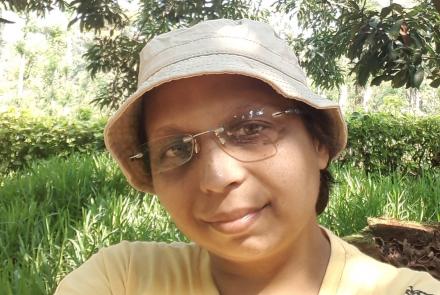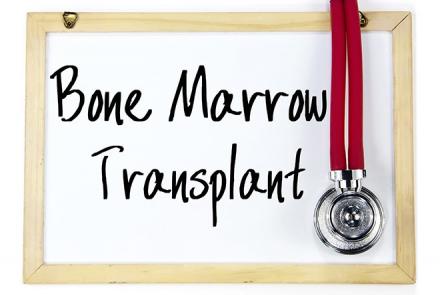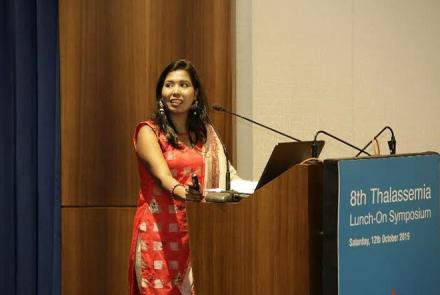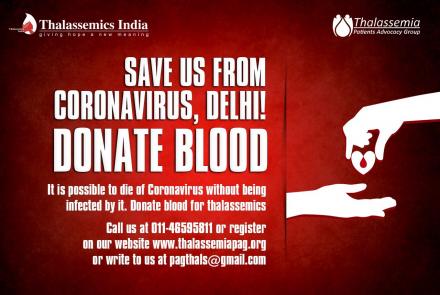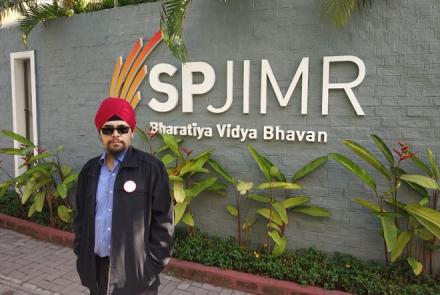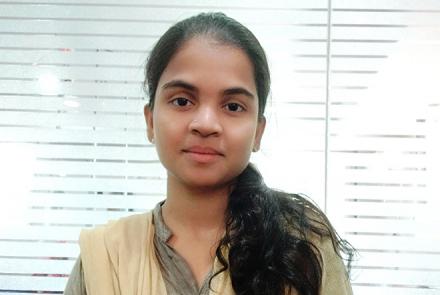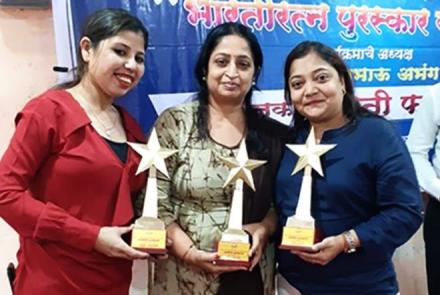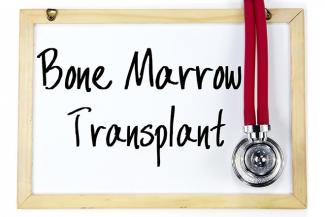
Dr Prantar Chakrabarti, Consultant Hemotologist, explains in detail what a Bone Marrow Transplant is, the need for a Bone Marrow Transplant (BMT) for persons with thalassemia as well as its pitfalls. Read carefully to understand whether its the appropriate treatment for your child.
What is BMT? What does a typical BMT entail?
BMT, ie. Bone Marrow Transplantation is a treatment procedure by which hematopoietic stem cells which are responsible for development of all types of blood cells are infused into the human body. In the initial phases, hematopoietic stem cells were harvested from the bone marrow and hence it was called bone marrow transplantation. But nowadays, the stem cells are also harvested from the peripheral blood or the umbilical cord. Hence it is referred to as hematopoietic stem cell transplantation (HSCT)
If the stem cells are harvested and infused into the same person, then it is called autologous HSCT, but if it is harvested from a different person who may be a sibling or unrelated, then it is called allogeneic HSCT where the stem cell donor can be a matched sibling, matched unrelated or half-matched (haploidentical donor).
A typical BMT entails collection of the stem cells (harvesting), preparing the recipient’s marrow for receiving the stem cells(conditioning), infusing the stem cells (transplantation) and immunosuppression so that the new stem cells are engrafted.
How does BMT work for Thalassemia?
Thalassemia is a genetic disorder where there is a genetic defect in the stem cells which leads to decreased or absence of production of a particular component of hemoglobin in the red blood cells. A logical treatment procedure would be to correct the genetic defect, but the technical challenges of gene therapy have made it difficult till now. Under such circumstances if we transplant the stem cells of a healthy donor who is not a thalassemia patient, then the new stem cells would not have the genetic defect and thus the patient of thalassemia would get cured in the real sense of the term and will not need any further blood transfusion for survival.
How is it more effective than blood transfusions?
Stem cell transplantation is more effective than blood transfusion because it can cure the disease by removing the root cause ie the genetic defect. Blood transfusion and iron chelation are just a kind of supportive therapy to help the patient survive and maintain a good quality of life, but then the treatment must be continued for life. On the other hand, BMT is a single procedure and if it is successful, then the patient would get cured and would not require any further blood transfusion for survival.
How often would the patient need BMT?
Most of the thalassemia patients require a single BMT but if the stem cells of the donor get rejected, they might require a repeat BMT. Fortunately, such rejections are rare and hence BMT is a onetime procedure.
What is the cost comparability of a BMT vs lifetime transfusions?
For a child who has not much of an iron overload and has an HLA matched sibling donor, the average cost of a BMT procedure is about 10,00,000 INR. The minimum cost of blood transfusion and iron chelation comes to at least 1,50,000 INR per year. If a person has to survive for at least 60 years, you can imagine the cost involved which is of course, shared by the government and the family. Hence BMT is always a cost-effective procedure provided it is safe and feasible.
When should a patient not opt for BMT?
A patient should not opt for BMT usually if age is more than 15 years or has not been managed well since childhood and has severe iron overload and liver disease related to thalassemia or other significant comorbidities. As far as the donor availability is concerned, the patient should definitely opt if there is an HLA matched sibling donor and since matched unrelated donor (MUD) transplant or haploidentical transplant is more expensive and has more complications, they are usually not advocated as a standard of care in India.
What are the risks involved with transplants?
There are both short term and long term risks associated with transplants. During the first 100 days, the chances of infections including viral, bacterial and fungal are quite high and they can be life threatening at times. There can also be acute graft versus host disease (when the donated cells create havoc in the recipient’s body) and veno-occlusive disease (due to the adverse effects of the drugs used to prepare the marrow by a process called conditioning). In the long term the risk of infection persists, and chronic graft vs host disease can be quite debilitating. The risk of the stem cells being rejected is also there.
How should side effects and post-care be managed? Do's and don’ts.
The patients should stay near the hospital as far as feasible during the first six months. They should be regularly monitored during follow up and should not miss the doses of their medications prescribed. In case of any fever or new symptoms, they should contact their treatment center immediately. Barrier nursing to prevent infections is a must and the kind of precautions we are now taking to protect ourselves from the novel coronavirus are standard procedures for such patients. They are not allowed to take raw salads or fruits and they should avoid meeting people who have any kind of infection.
How does BMT impair quality of life?
Health Related Quality of Life (HRQoL) and lifestyles of patients transplanted more than 20 years ago for thalassemia are similar to those of the general population. However, the complications of BMT especially graft vs health disease (GVHD) can adversely affect the quality of life of transplanted patients.
What is the life expectancy of a person with Thalassemia receiving BMT vs blood transfusions?
Though there is a chance of transplant related mortality which can be up to 10% in certain situations, once the risks of BMT are over, the thalassemic would have a normal life expectancy. With advances in blood transfusion specially regarding its safety and availability of oral iron chelators with reasonable efficacy and safety, the life expectancy of a non-transplanted thalassemic is fast approaching that of a general population.

Dr. Prantar Charkrabarti. Consultant Hemotologist, is the former Professor and Head of Department of Hematology at NRS Medical College, Kolkata. He has also been a Subject Expert in Hematology and Oncology Subject Expert Committee, CDSCO, Goverment of India, and the Nodal Officer of State Thalassemia Control Programme, Government of West Bengal.


